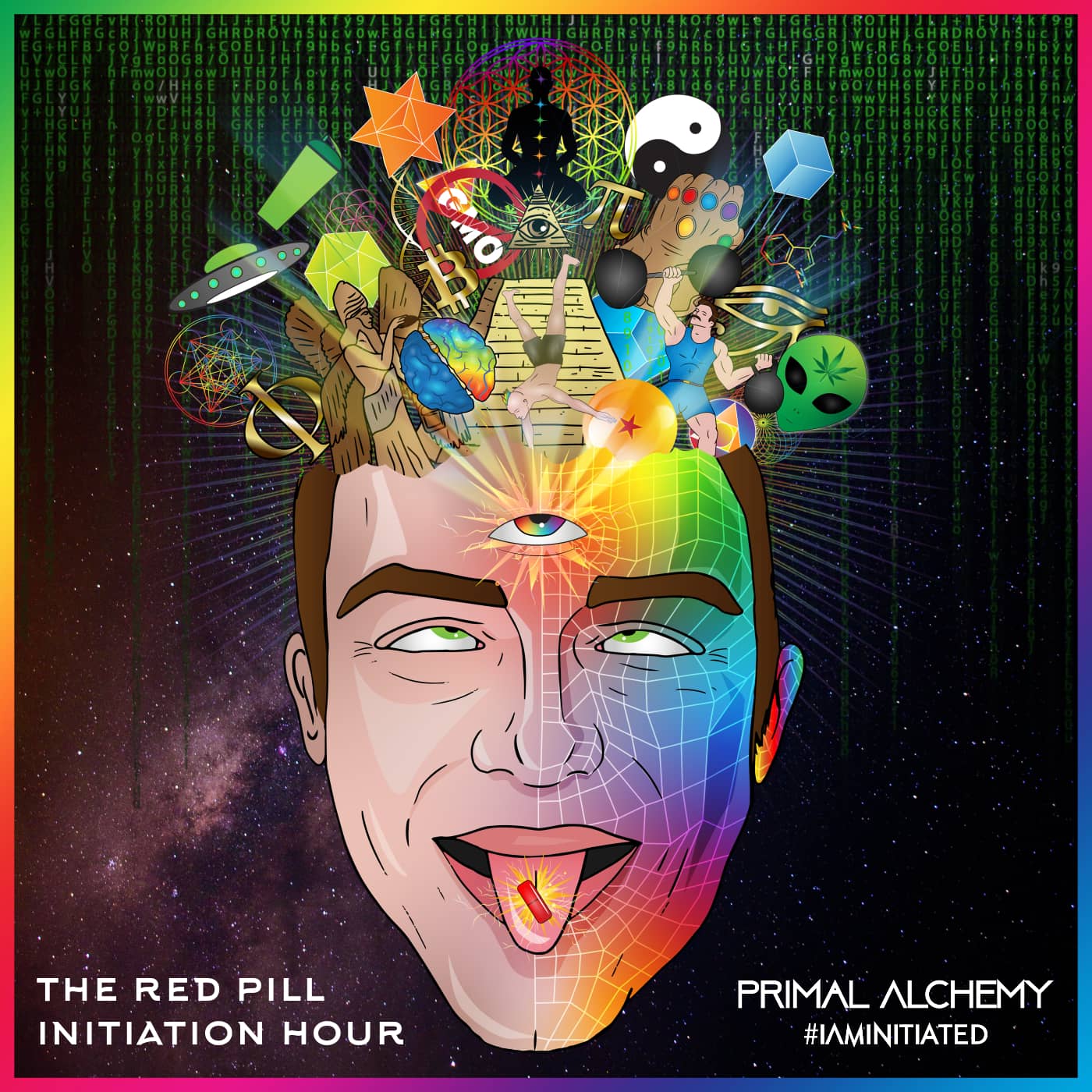References
Vitruvian Protein
*1 - Amely M Verreijen, Sjors Verlaan, Mariëlle F Engberink, Sophie Swinkels, Johan de Vogel-van den Bosch, Peter JM Weijs; A high whey protein–, leucine-, and vitamin D–enriched supplement preserves muscle mass during intentional weight loss in obese older adults: a double-blind randomized controlled trial, The American Journal of Clinical Nutrition, Volume 101, Issue 2, 1 February 2015, Pages 279–286
*2 -Drummond, M., Rasmussen, B.. (2008). Leucine-Enriched Nutrients and the Regulation of mTOR Signalling and Human Skeletal Muscle Protein Synthesis. Current Opinion in Clinical Nutrition and Metabolic Care. 11 (3), 222-226.
*3 - Henrietta Blankson, Jacob A. Stakkestad, Hans Fagertun, Erling Thom, Jan Wadstein, Ola Gudmundsen; Conjugated Linoleic Acid Reduces Body Fat Mass in Overweight and Obese Humans, The Journal of Nutrition, Volume 130, Issue 12, 1 December 2000, Pages 2943–2948,
*4 - Bounous, G., Gold, P. (1991). the biological activity of undenatured dietary whey proteins: role of glutathione. Clin Invest Med. 14 (4), 296-309.
*5 - Campolongo P and Trezza V (2012) The endocannabinoid system: a key modulator of emotions and cognition. Front. Behav. Neurosci. 6:73. doi: 10.3389/fnbeh.2012.00073
*6 - Pasternak, K., Kocot, J., Horecka, A. (2010). Biochemistry of magnesium . Journal of elementology. 15 (3), 601-616.
*7 - Franco, R., Astibia, A., Pinilla, E. (2013). Health benefits of methylxanthines in cacao and choclate. Nutrients . 5 (10), 4159-4173
*8 - Hawthorne JN. Inositol lipid metabolism and cell membrane. Biochemical Journal. 1972;128(1):19P-20P.
*9 - Shenoy, S., Bhaskaran, C., Sandhu, J., Paadhi, M. (2012). The effects of ashwagandha (withania somnifera) on anaerobic performance on elite indian cyclist. Medicina Sportiva: Journal of Romanian Sports Medicine Society. 8 (3), 1909-1914.
*10 - Wadhwa, R., Konar, A., Kaul, S. (2016). Nootropic potential of ashwagandha leaves: beyond traditional root extracts. Neurochemistry International . 95 (4), 109-118.
*11 - Singh, N., Bhalla, M., Jager, P., Gilca, M. (2011). An overview on ashwagandha: a rasayana of ayurveda. African journal of traditional, complementary and alternative medicines. 8 (5), 208-213.
*12 -Wang, Y., Wang, Y., McNeil, B., Harvey, L. (2007). Maca: an andean crop with multi-pharmacological functions. Food Research International. 40 (7), 783-792.
*13 - Gonzales, G., Cordova, A., Vega, K., Chung, A., Villena, A., Gonez, C. (2003). Effects of lepidium meyenii (maca), a root with aphrodisiac and fertility-enhancing properties, on serum reproductive hormone levels in adult healthy men. Journal of endocrinology . 176 (2), 163-168.
*14 - Caetano, B., Moura, N., Almeida, A., Dias, M., Sivieri, K., Barbisan., L. (2016). Yacon (smallanthus sonchifolius) as a food supplement: health-promoting benefits of fructooligosaccharides. Nutrients. 8 (7), 436.
*15 - Abeysekera, W., Premakumara, G., Ratnasooriya, W. (2013). In vitro antioxidant properties of leaf and bark extracts of ceylon cinnamon (cinnamomum zeylanicum blume). Tropical Agricultural Research . 24 (2), 128-138.
*16 - Babu, P., Prabuseenivasan, S., Ignacimuthu, S. (2007). Cinnamaldehyde - a potential anti-diabetic agent . Phytomedicine. 14 (1), 15-22.
*17 - M.D Boyd, A., M.D Lebovitz, H., M.D Pfeiffer, J. (1970). Stimulation of human-growth-hormone secretion by l-dopa. The New England Journal of Medicine. 283 (26), 1425-1429
*18 - Lampariello, L., Cortelazzo, A., Guerranti, R., Sticozzi, C., Valacchi, G. (2012). The magic velvet bean of mucuna pruriens. Journal of traditional and complementary medicine. 4 (2), 331-339.
*19 - Chrubiasik, S., Pittler, M., Roufogalis, B. (2005). Zingiberis rhizoma: a comprehensive review on the ginger effect and efficacy profiles. Phytomedicine. 12 (9), 684-701.
*20 - Zeisel, S. (2012). Dietary choline deficiency causes DNA strand breaks and alters epigenetic marks on DNA and histones. Mutation research/fundamental and molecular mechanisms of mutagenesis . 733 (1), 34-38.
*21 - Li, Z., Agellon, L., Allen, T., Umeda, M., Jewell, L., Mason, A., Vance, D. (2006). The ratio of phosphatidylcholine to phosphatidylethanolamine influences membrane integrity and steatohepatitis. Cell Metabolism. 3 (5), 321-331.








